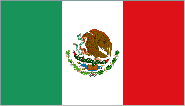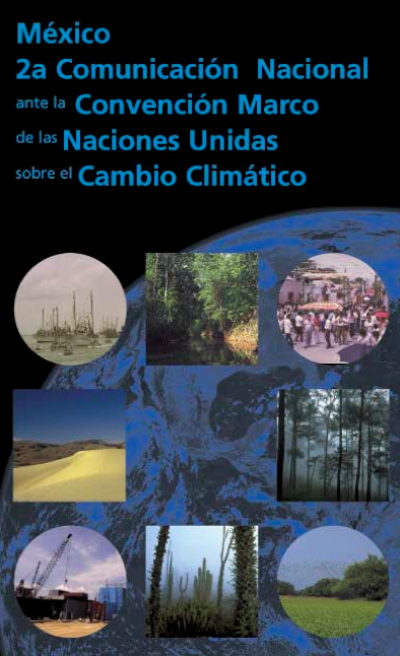Mexico

A large and diverse country, Mexico is considered among the most developed countries in the world, achieving a level of Gross Domestic Product (GDP) per capita of US$13,800 in 2010 (CIA, 2011). It is also noted for being the most populous Spanish-speaking country in the world133 and was the first Latin American country to join the Organisation for Economic Co-operation and Development. However, about 44 per cent of the population continues to live in poverty (USDS, 2010) and approximately 13 per cent of Mexicans remains reliant upon the agricultural sector (CIA, 2011). Remittances are Mexico’s second largest source of foreign currency, after oil (USDS, 2010).
Mexico has been identified as particularly vulnerable to the impacts of global climate change (First and Second Communication, NC1/NC2 to the UNFCCC), many of which are irreversible. These impacts include continuous increase in the sea surface temperature of the Gulf of Mexico, continuous sea level increase affecting coastal areas in inland basins, intensification of hurricanes, changes in water precipitation cycles, net decreases in water run offs and others. Given the long term irreversible character of these changes and the nature of the impacts, it is imperative for Mexico to start a process of adaptation. The NCs have assessed the vulnerability to climate change focusing in areas and sectors seen as particularly fragile to climate impacts: water resources, forestry, agriculture, coastal zones, in particular wetlands, drought and desertification. Key areas of concern are: a) the impact on water resources and b) specifically, impacts on the coastal region of the Gulf, seen as most vulnerable to the combined impacts of climate change.
The National Development Plan 2007-201215 (PND, Spanish acronym) identifies the Mexican Government priorities for development. In May 2007 Mexico formulated its National Climate Change Strategy (ENACC, Spanish acronym). The Strategy identifies opportunities for emissions reductions on a voluntary basis, as well as measures for the development of necessary national and local capacity for response and adaptation. The Strategy proposes concrete adaptation and mitigation measures for all sectors, including agriculture, covering all the main aspects of climate change policy. The Strategy builds on institutional improvements, analytical work and investments already underway in Mexico. Climate change strategies and action plans have also been developed at the subnational level for Mexico City, the states of Veracruz (by the Universidad de Veracruz) and Nuevo León.
The Inter-Ministerial Commission on Climate Change (CICC, Spanish acronym) was established in 2005 to mainstream climate change in development policy and is the Designated National Authority (DNA) on climate change and in particular, on Clean Development Mechanism (CDM) in Mexico. The Commission is responsible for formulating and coordinating the implementation of national climate change strategies and incorporating them in sectoral programs; (ii) promoting national climate change research; and (iii) promoting GHG emission reduction projects. The Commission also receives advice from the Consultative Council on Climate Change (also known as C4) which is composed of scientists and representatives of the civil society and the private sector.

